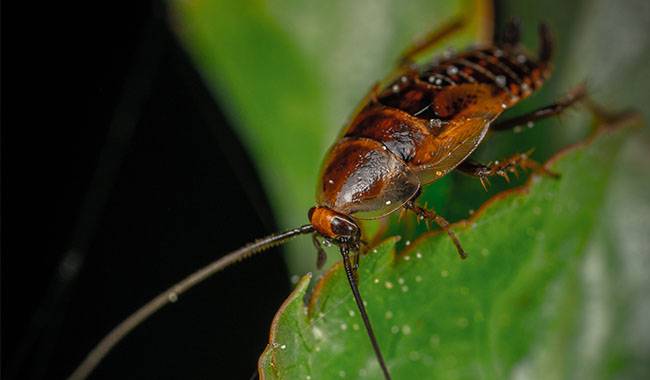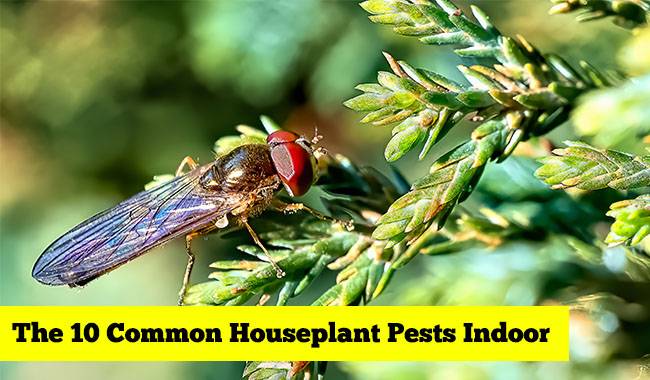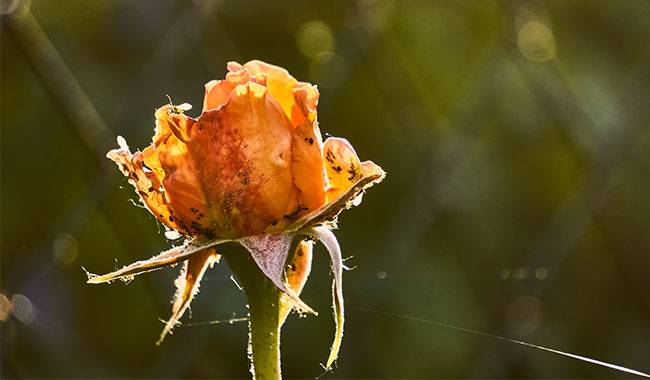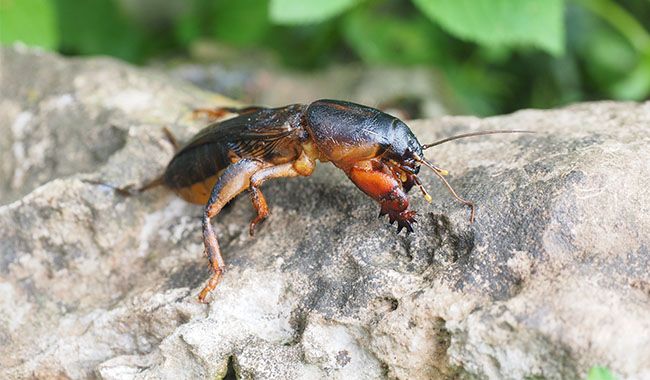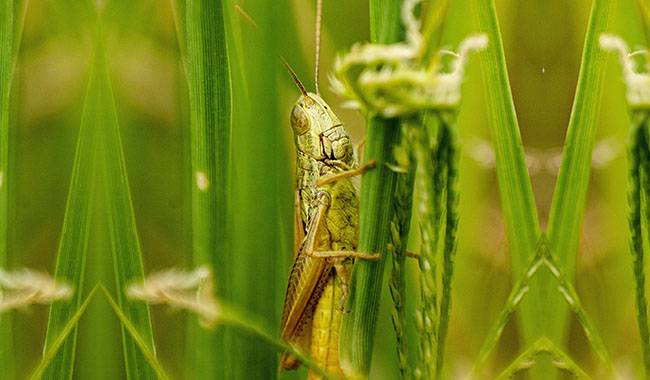
Of all plant pests, the most dangerous are locusts. If there are corners in the countryside with untidy field grasses, you can always come across a green mare, alone locust, and over time, a winged locust form is guaranteed to appear. The flight of locusts is frightening. Swarms can number in the billions. In-flight, they make the characteristic squeaking sound at close range and the sound before a thunderstorm at a distance. Locusts leave the bare ground in their wake.
From 1855-1857, locusts flooded continuously and created a new habitat in the United States and surrounding countries. In 1857 locusts set out from Canada and ate up all the greenery in several U.S. states, equivalent to all the food produced in China in a year at the time combined. The locusts may have pushed too hard and suddenly disappeared from the United States in the following years. Still, the plague returned in 1864. From then on, the plague became more and more violent each year, culminating in the largest and longest-lasting locust plague in American history from 1872-1877.
In recent years, the sweltering western United States has seen large numbers of locusts that are multiplying rapidly with the help of favorable weather conditions. “I can only use foul language to describe the locust plague,” said Richard Nicholson, a cattle rancher in Fort Klamath, a small community in southern Oregon.
He said he saw swarms of locusts eating crops on 1,000 acres (about 930 hectares) of land a day, with the ground covered in locusts like a blanket of snow. The insects have caused countless headaches for farmers and ranchers, competing with cattle for already scarce wild grazing in the drought and causing crop losses and associated costs to single farmers in the tens of thousands of dollars. “They are a huge scourge on the planet. They destroy the land and damage the crops. They are very, very bad predators.”
LOCUST DISTRIBUTION
The locust family (Acrididae) includes about 10,000 species, of which about 400 are found in the Euro-Asian region, including the canyonlands of California, the Southern California Peninsula, and even Mexico are covered with locusts flying from the United States. Among the locusts, the most widespread and harmful to all states are the locusts or locust migrants. There is a distinction between two life stages: solitary and swarming. Locusts are infested by gathered locusts. The solitary stage dominates the northern part of the listed area, while the swarming stage predominates in the southern and warm Asian regions.
THE SEVERITY OF LOCUST INFESTATION
The infestation is an omnivorous pest, with the highest feeding activity in the early morning and evening when there is no peak of fever. A locust eats up to 500 grams of plants with different densities of plants and reproductive organs (leaves, flowers, shoots, stems, fruits). In one day, it covers a distance of up to 50 km. At intervals of 10-15 years, locusts form huge adult swarms (hopper bands), consisting of aggregated swarms of larvae. During mass repopulation, they are able to occupy up to 2000 hectares of land at the same time, flying over distances of up to 300 km, and in good wind conditions up to 1000 km, leaving the bare ground with remnants of woody shoots and plant stems sticking out alone.
Under natural conditions, the pest population decreases over time (cold spells, famine, and natural insect devouring activities). The number of diseases affecting pests increases at different stages of wading bird development, starting from the egg stage. The recovery period lasts 10-15 years, and then the mass flight repeats.
MORPHOLOGICAL DESCRIPTION OF LOCUSTS
Locusts are similar in appearance to grasshoppers and crickets. Distinguishing features are the length of the antennae (locusts have much shorter antennae), a curved keel on the prothorax, and powerful jaws. The forewings are densely covered with brownish spots, and the hindwings are finely transparent with a yellowish, sometimes greenish coloration.
THE LIFE CYCLE OF LOCUSTS
The life span of adults is 8 months to 2 years. Locusts live and develop in two phases/stages: solitary and swarming.
Solitary
Solitary locusts are characterized by their large overall shape and green color, hence the name “green mother.” Their activity level is very low, and they are almost harmless. The solitary phase of locust life is necessary to maintain the population. During this period, females lay eggs intensively. Gradually, the density of larvae increases and reaches a limit that heralds the transition to the second stage of development and life.
The swarming stage
During the colony stage, locust females begin to lay eggs in preparation for the trekking procedure in search of food. Researchers believe that a lack of protein in the adult food supply is the culprit. Adult locusts form swarms, and the larvae form waders.
REPRODUCTION OF LOCUSTS
Locusts usually die in late October with the onset of a persistent cold. Before the onset of cold weather, female locusts lay their eggs, forming a winter flat at the top 4inch (10cm) of soil, known as a goblet. During egg-laying, female locusts secrete a frothy fluid from their genital glands that rapidly hardens and separates the eggs from the surrounding soil. During egg-laying, females form several capsules (goblets) with lids in which they place 50-100 eggs, for a total of 300 or more. During winter dormancy, the eggs become hardy and do not freeze, even in severe winters. With the arrival of warmth, the winter hiatus ends, and in spring, when the soil becomes warm enough, a white larva bursts out of the upper layer of eggs. The larvae darken on the soil surface after a few hours, acquire an image-like appearance (without wings) and begin to feed. Within 1-1.5 months, the larvae go through 5 stages and become adult locusts. After another month of intensive rearing, female locusts begin to lay eggs after mating. During the warm period, each female locust forms 1-3 generations.
Locusts are a swarming species. In years with sufficient food, moderate humidity, and average temperatures, solitary locusts do not cause much damage. However, one must take into account the cyclical development and the transition from solitary to swarming lifestyle. It manifests itself after about four years. During this period, especially when it coincides with a hot, dry summer in 2 or 3 years, locusts breed intensively, forming large aggregations of larvae in a small area (hopper bands). Outbreaks of mass reproduction, coinciding with weather conditions, may last for several years, gradually subsiding and changing back to solitary life forms. The average interval between outbreaks is 10-12 years.
Individuals of the colony form, trying to maintain the protein and water balance of their organism, are forced to eat without interruption (otherwise, they would die from the lack of organism). As mentioned earlier, they have to walk 50 to 300 km per day searching for fresh food. A single animal can eat 200-500 grams of plants and the green mass of their neighbors in the bush. The lack of protein turns the locusts into predators, and the swarm divides into two groups. One escapes from its relatives, the other catches up with them and eats them, both feeding on carbohydrate-rich plants on their “way to life.” The natural gradual reduction of the pest population is caused by disease outbreaks in locust swarms at high densities, eggs in nymphs attacked by various diseases, and natural enemies of locusts (predatory insects, birds, and other fauna).
Thus, the most vulnerable locust sites have increased density (per unit area) for egg-laying and larval hatching. Locust swarms begin to fly when the density of pests is high. Therefore, it is necessary to first destroy the “islands” of egg-laying and larvae by plowing to reduce the density of pests. In dacha plots, the main role of population reduction is based on integrated pest management measures: agronomic measures + chemical treatment of soil and plants.
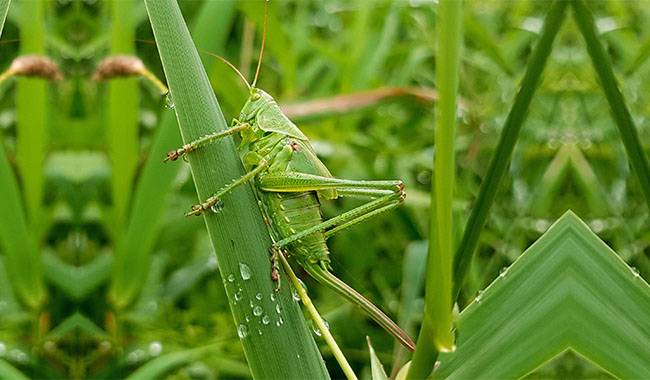
METHODS OF LOCUST CONTROL
Chemical control measures are used to eliminate locusts, especially in large areas, considering their travel speed, their voraciousness, and the complete destruction of greenery in their flight path.
In suburban areas or home gardens, locust control is preventive – mainly preventive – and starts with agronomic practices that, if applied carefully and in time, can significantly reduce the number of pests and prevent damage to the green world of plants caused by epiphytes.
Agrotechnical measures
In areas prone to locust attacks, gardens or yards must be plowed in late autumn to destroy egg pods.
It is recommended to carry out deep spring harrowing in early autumn when digging. This method will destroy egg pods deposited after the early excavation of plots.
Alternative tillage should be done by replanting unused areas, which will prevent locust egg-laying and pod formation.
Chemical control measures
All chemical treatments should preferably be carried out in the morning hours. Take personal safety measures while working by wearing appropriate clothing, respirators, goggles, and gloves. When using chemicals, follow strict guidelines on how to dilute and apply pesticides.
Using linseed oil in combination with some essential oils can be very effective in killing two of the most problematic locusts: Schitocerca gregaria and Locusta migratoria. Both species are highly destructive and are the cause of most outbreaks in Africa. This plant-based pesticide can be sprayed with conventional spraying devices and kills adults within 24 hours.
If locust larvae gather in large areas, treat with Decis (which is a non-end synthetic insecticide) for 30 days. All formulations for Colorado potato beetle control are available.
The systemic insecticide provides plants with protection against locusts for up to 3 weeks. after 2 hours, all pests are dead, and the number of live hatching larvae is significantly reduced. The product can be mixed with fertilizers and growth promoters and undergoes mandatory compatibility tests.
LUBILOSA is an insecticide that relies on fungal spores to kill locusts, a fungus known as a green grasshopper. It forms spores in the locusts’ bodies, causing fatal consequences.
There are three main problems with this fungus-based insecticide.
First, the 1999 LUBILOSA user manual instructs users to dissolve the spores in diesel or kerosene – also known as “mineral oil.” But spraying large areas of land in this way can have serious environmental consequences. Mineral oils are known to contain toxins and carcinogens that can affect human health. Another problem is that they do not degrade easily and stay in the environment for a long time.
The second problem is that infestation is not fast enough to control large populations and requires specific environmental conditions to be effective. This fungal-based insecticide takes about 14 days to affect adult locusts. To produce spores, it requires high humidity and moderate temperatures, above 68°F (20°C) at night and below 100°F (38°C) during the day. These climatic conditions are rarely found in areas where locusts are causing serious problems.
The third problem is that current Food and Agriculture Organization regulations favor fungi over other insecticides. This regulation indirectly prevents the development and registration of new, more effective plant pesticides.
Therefore, regulatory change is necessary. The regulation should be revised quickly to prevent mass locust outbreaks from causing further problems.
HOW BIOPESTICIDES WORK
As the name implies, biopesticides put nature’s own tools to new uses and use them against pests. A popular set of biological tools are various microorganisms, that is, bacteria, fungi, and viruses that affect animals. In particular, fungal species of the family Metarhizium acridum have proven to be very effective in controlling locusts, killing both locust worms and adults within a week or two.
Commercial brands use this fungus in their powdered products. The powder is mixed with an oil solution and sprayed into the fields by airplane or truck. The fungus then penetrates the locust’s hard shell and begins to feed on it, consuming its energy. Within three days, the locusts begin to weaken, become sluggish, eat less and eventually die.
Oil solutions used to prepare biopesticides are usually made from diesel fuel – although vegetable oils can also be used as an option. However, because no more than 0.25 Gal (1 liter) of oil is used per hectare, studies of previous treatment activities have not found any negative environmental impacts.
“Obviously, vegetable oil is a better choice, but diesel seems to be more resistant to sprayer clogging. Also, it is certainly less harmful to the environment than chemical pesticides.”
More related information about Garden Pests




